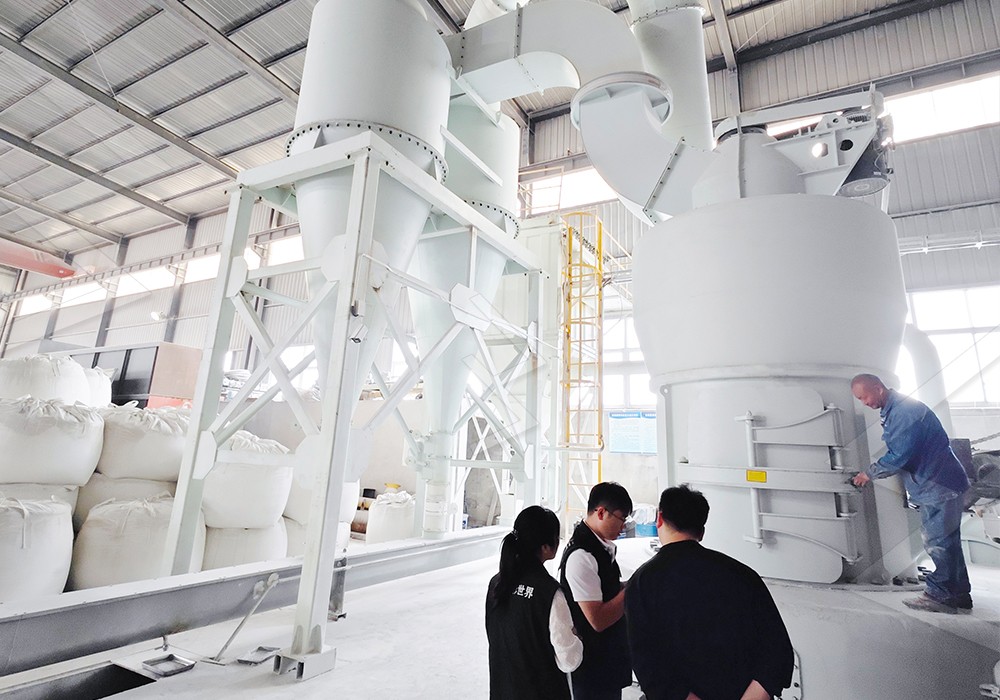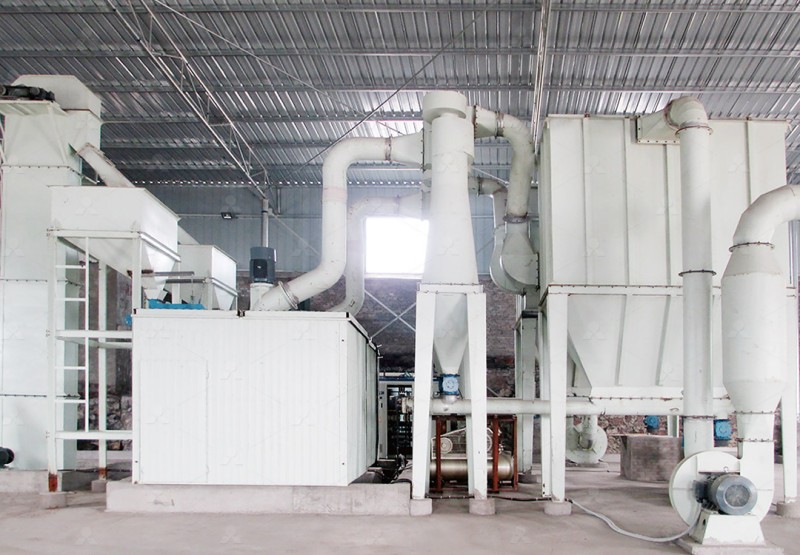Used Pendulum Grinding Mill for Sale: A Comprehensive Guide for Buyers
Used Pendulum Grinding Mill for Sale: A Comprehensive Guide for Buyers
So, you’re in the market for a used pendulum grinding mill? Smart move. These workhorses are the backbone of many operations in mining, construction, and powder processing. But buying used equipment can feel like navigating a minefield. Don’t worry, this guide will walk you through the key considerations to make a savvy purchase that boosts your bottom line without the hefty price tag of a new machine.
Why Consider a Used Pendulum Mill?
Let’s be real, the primary driver is cost. A quality used pendulum mill can offer a fantastic return on investment, allowing you to allocate capital elsewhere in your operation. These mills are built to last, often constructed with robust materials that can handle decades of service. Many older models have simpler mechanical systems that are easier for in-house maintenance teams to understand and repair. The key is knowing what to look for to avoid a lemon.

Critical Inspection Points Before You Buy
Never buy a used mill sight unseen. A thorough physical inspection is non-negotiable. Here’s your checklist:
- Grinding Rollers and Rings: These are the heart of the mill. Check for excessive wear, cracks, or uneven surfaces. Replacing these components is a significant expense.
- Gearbox and Drive Train: Listen for unusual noises. Check for oil leaks and ask for maintenance records related to the gearbox.
- Classifier: For finer grinding applications, the classifier’s condition is crucial. Ensure vanes are intact and mechanisms operate smoothly.
- Liners and Housing: Look for signs of wear, rust, or patches that might indicate past structural issues.
- Electrical Systems: Examine the motor, starters, and control panels for outdated components or signs of overheating.
Always request to see the mill running under load if possible. It’s the best way to gauge its true condition.
When a Used Mill Isn’t the Right Fit
Sometimes, the better long-term value lies in a new machine, especially if you require higher capacity, ultra-fine powders, or advanced environmental controls. Older used mills often lack the energy efficiency of modern designs, which can lead to significantly higher operating costs that erase your initial savings.
For operations that need to produce ultra-fine powder efficiently, we’d actually recommend considering our MW Ultrafine Grinding Mill. It’s a game-changer. With an input size of 0-20 mm and a capacity range of 0.5-25 tph, it’s incredibly versatile. It’s engineered for higher yielding and lower energy consumption—we’re talking about 40% higher capacity than jet mills and half the energy use. Its cage-type powder selector allows you to dial in the fineness between 325-2500 meshes with precision. Plus, its design eliminates rolling bearings and screws in the grinding chamber, so you avoid a whole host of common maintenance nightmares. It’s the smarter choice for modern, high-output powder processing.

Understanding the Total Cost of Ownership
The purchase price is just the beginning. Factor in these costs:
- Immediate Reconditioning: Budget for replacing worn grinding elements, seals, and bearings immediately after purchase.
- Shipping and Rigging: Moving heavy industrial equipment is complex and expensive. Get quotes upfront.
- Spare Parts Availability: Can you easily find parts for an older model? If the manufacturer has discontinued support, you could be in for trouble.
- Energy Consumption: An inefficient older motor can cost you thousands more per year in electricity compared to a new, high-efficiency model.
Where to Find Reliable Used Equipment
Look for reputable dealers who specialize in industrial milling equipment. They often refurbish units and may offer a limited warranty. Online marketplaces can be a source, but due diligence is critical. Another great option is to contact equipment manufacturers directly; they sometimes have trade-in units that have been expertly serviced. Don’t forget about auctions for liquidated assets, but these are typically sold ‘as-is, where-is.’
For those seeking a robust vertical grinding solution, our LUM Ultrafine Vertical Grinding Mill is another top-tier option worth exploring. It handles an input size of 0-10 mm with a capacity of 5-18 tph. Its standout feature is the more energy-saving multi-head powder separating technology, which can reduce energy consumption by 30%-50% compared to common grinding mills. It also features double position-limiting technology for incredibly stable operation and a reversible structure that makes maintenance and part replacement a breeze.

Final Word: Do Your Homework
Buying a used pendulum grinding mill can be a brilliant strategic decision. The potential savings are substantial, but they come with an element of risk. Inspect meticulously, calculate the total cost of ownership, and source from reputable sellers. If your needs are centered on high efficiency, ultra-fine outputs, and minimal downtime, investing in a new, technologically advanced mill like our MW or LUM series might ultimately provide superior value and performance for years to come.
